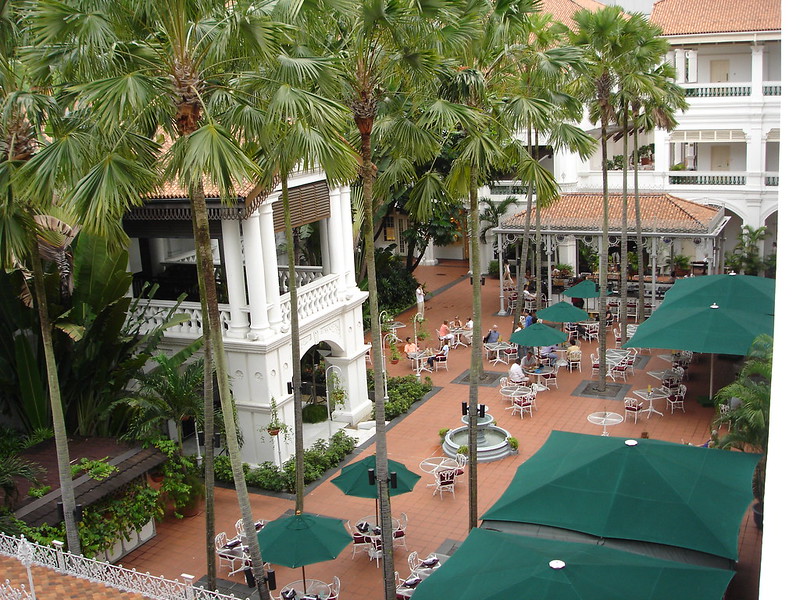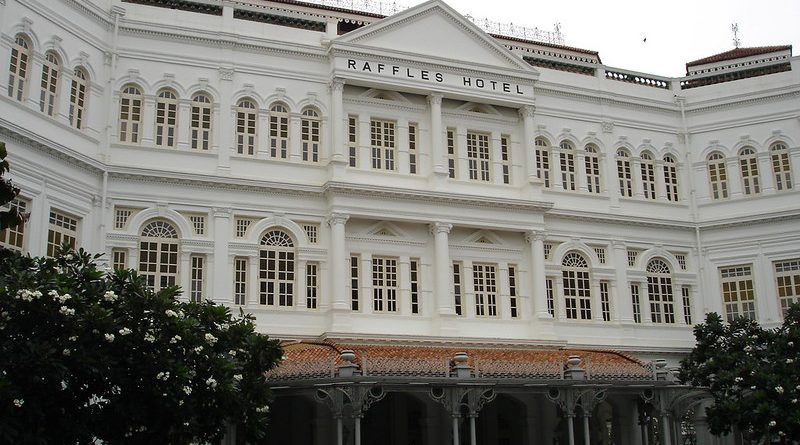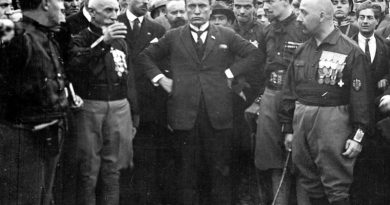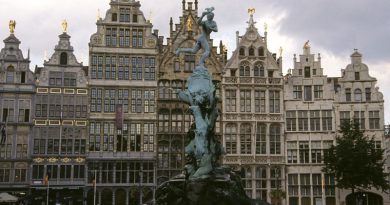The Far East’s Five Star Futurists: The Sarkies Brothers
The legendary Sarkies Brothers: Armenian merchants Martin, Tigran, Aviet and Arshak , arrived in Asia from Persia in the mid 19th century and established Asia’s first chain of luxury hotels.
Not long after the Suez Canal opened in 1869 and the associated boom in trade started to bring unprecedented prosperity to the region, budding entrepreneurs the Sarkies brothers saw a gap in the market and in the 1880s starting building classy hotels in the main centres of England’s former colonies in Southeast Asia. They soon became the leading hoteliers of the East
Their first establishment was the Eastern & Oriental Hotel in Penang, built in 1884. They advertised their hotel as “The Premier Hotel East of the Suez” and the Sarkies helped make Georgetown infamous. For many years the E&O existed as ground zero for social affairs in Northern Malaysia. Arshak Sarkies was a famous socialite – ushering in colonial officials, wealthy plantation owners and famous writers to the hotel. He is remembered fondly for dancing in the grand E&O ballroom with a whisky-soda on his head.
Following their successes in establishing the Eastern and Oriental Hotel in Penang, the four Sarkies brothers cast their eyes to Singapore where they were already operating a popular “tiffin house” at Raffles Place. They leased an old bungalow at the corner of Beach and Bras Basah and on 1stDecember 1887, Raffles Hotel opened to the public as a 10-room hotel. Their new creation immediately becoming the talk of the town as the first building in Singapore to have electric lights and fans. Raffles became the hub of social life and soon received a reputation in London as “the Savoy of Singapore”.

Travellers on their way to the Far East would make appointments not to meet in Singapore, but to “see you at Raffles”. Both Somerset Maugham and Noel Coward called this their favorite hotel. Maugham wrote both “Of Human Bondage” and “The Moon and Six-pence” while staying there. In 1902, a tiger was shot under the elevated Bar and Billiard Room. A year later, Ngiam Tong Boon created the famous Singapore Sling.
The third in the trio opened in 1901, The Strand, was dubbed “the finest hostelry east of Suez” and was patronized by “royalty, nobility and distinguished personages.” The Strand was for many years “the place to stay in Rangoon”. Strategically situated overlooking the wharf on the Yangon River, in the days before jet travel, the nearby docks made it convenient for arriving passengers. In those days, European passengers after their long ocean voyage disembarked from Southampton, Bombay, Colombo and Calcutta and went straight away to the Strand while native coolies laboured with their steamer trunks.
Within a decade of opening the Eastern Hotel, the brothers’ reputation had been made. Speaking at a celebratory lunch at the E & O in 1893, Sir Frank Swettenham first told the joke which was to pass into history: ‘A little boy was asked by his teacher in Perak who the Sakais were, and replied that they were people who kept hotels.’ (The Sakais are one of the indigenous races of Malaysia.)
Although they went bust in the depression their legacy lives on. The brothers were innovators, their restaurants took off and the hotels became the place to stay for 40 years during the height of the Raj. And the three Sarkies’ “gems” plus two others in Calcutta and Colombo still stand today, embodying the good old days of colonial splendour in their respective cities.




